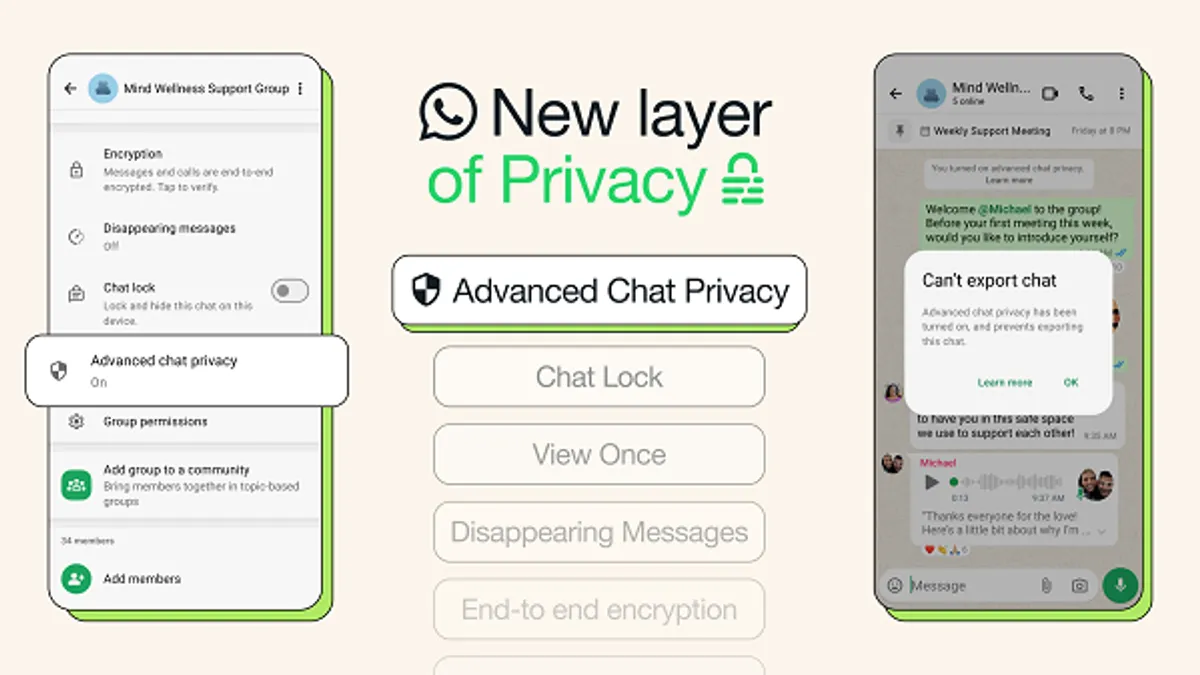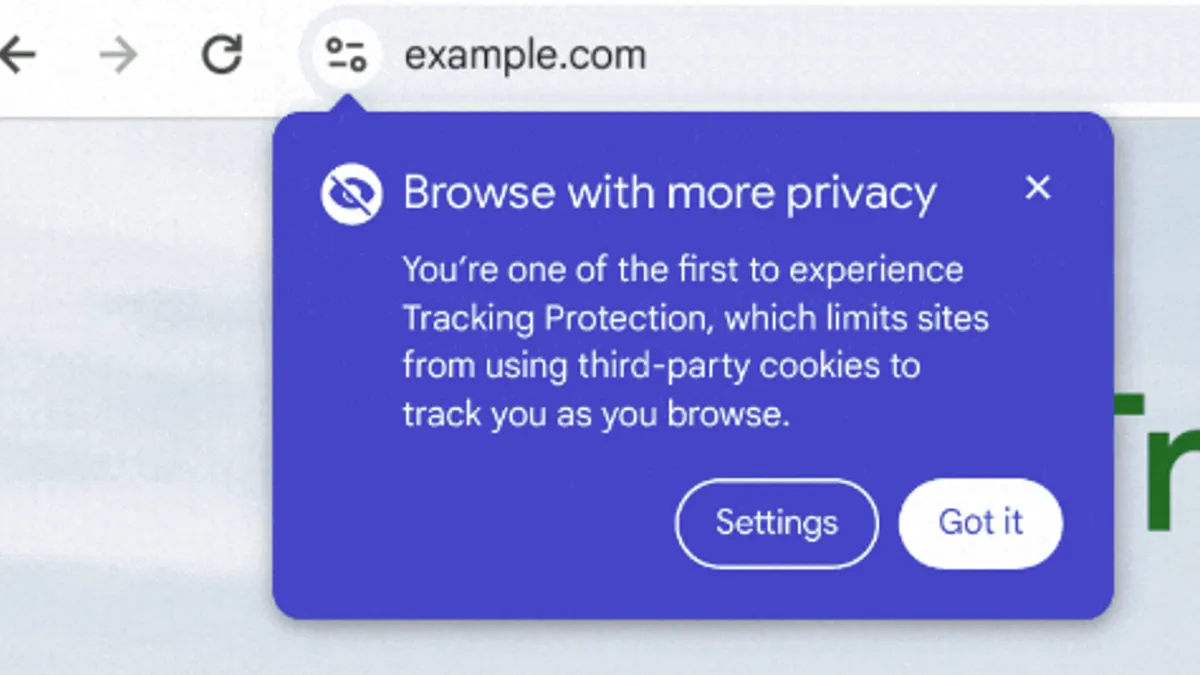Are Upfronts Dead? The Future of TV Advertising
By Mark Zamuner, CEO of Juice Media
For years, upfronts reigned supreme in the advertising world. Television networks hosted extravagant events showcasing upcoming programming, securing millions in ad revenue before shows even aired. Advertisers invested heavily, drawn to the promise of massive reach and cultural impact. Primetime shows, the Super Bowl, and the Oscars were the coveted spots, guaranteeing visibility to a unified national audience.
But the rise of streaming platforms, evolving viewer habits, and the demand for flexible ad strategies have disrupted this model. The question now is: do upfronts still matter?
The short answer: they're not dead, but they're evolving.
The Shifting Landscape of TV Advertising
Committing millions to ad inventory a year in advance seems archaic, especially to those under 35. Upfronts were designed for a time when a 12-month media calendar revolved around a few major networks. Viewers watched live, sat through commercials, and followed predictable programming schedules.
This predictability allowed brands to confidently target audiences. Creative ran longer, campaigns centered around key assets, and the simplicity enabled brands, agencies, and networks to plan, execute, and optimize with certainty. Networks secured annual ad revenue upfront, while brands gained access to premium inventory, cultural moments, and unparalleled reach.
Today, this model is showing its cracks.
From Linear to On-Demand: A Change in Viewing Habits
Viewers are no longer bound to linear schedules. They stream, scroll, and consume content across devices. Streaming now accounts for over 40% of total TV time, with Gen Z predominantly watching video on mobile platforms like YouTube, TikTok, and Instagram.
The days of communal TV viewing are fading. Modern audiences binge-watch entire seasons and engage with shows through clips, memes, and reaction videos.
This isn't just a generational quirk; it's a fundamental shift in content discovery, consumption, and discussion. Brands can no longer rely on traditional methods to achieve reach or cultural relevance.
With fragmented audiences across Netflix, YouTube, TikTok, Hulu, Peacock, and even linear TV, advertisers need multi-channel, flexible strategies. The traditional upfront model, with its rigid year-long commitments, doesn't align with modern content consumption or brand spending needs.
Today's marketers prioritize real-time performance. They want the ability to adjust spending, test formats, and link results directly to business outcomes. Measurability is key.
Enter the NewFronts, the digital-first counterpart to upfronts. Platforms like YouTube, Roku, and Amazon offer flexible buying, robust audience data, and integrated performance metrics.
The pressure to monetize through advertising is also driving change. Even Netflix and Disney+ have introduced ad-supported tiers, offering more premium content but with buying terms aligned with modern marketing practices.
The Future of Upfronts
Are traditional upfronts doomed? Not entirely.
Linear TV still offers unique advantages, particularly for long-term brand building. Millions of households still subscribe to cable, and broadcast TV maintains a significant viewership. Live events, like the Super Bowl, still command massive audiences and offer unparalleled reach.
However, upfronts must modernize to survive. Discussions around rolling commitment models and audience-based buying are promising. NBCUniversal's Audience Insights Hub is a positive step towards more tailored targeting.
Key improvements are still needed in real-time performance adjustments and centralized campaign management across linear and streaming. Cross-platform measurement and frequency capping are being tested, but advertisers need comprehensive solutions for holistic video management.
With these advancements, upfronts could experience a resurgence, competing effectively against digital media commitments. Their ace in the hole remains: delivering the largest reach moments in media.
Savvy brands are embracing a hybrid approach, balancing high-reach buys with efficient platforms, integrating brand and performance marketing, and demanding more from their media partners. They are testing, learning, and optimizing across the evolving media landscape.







